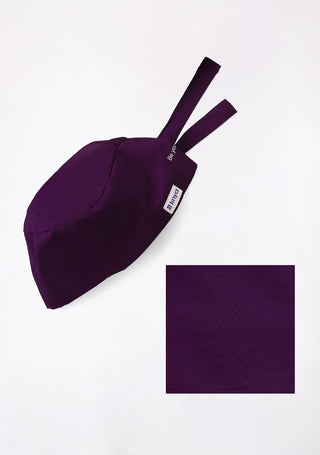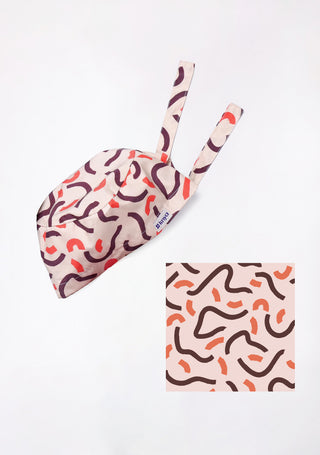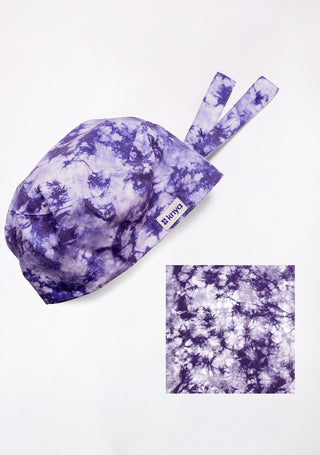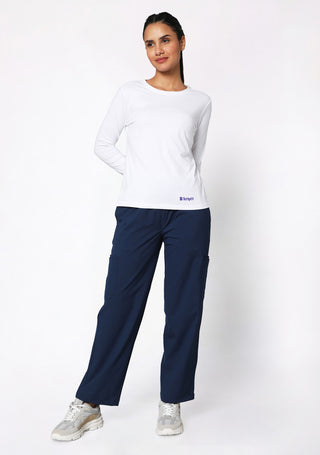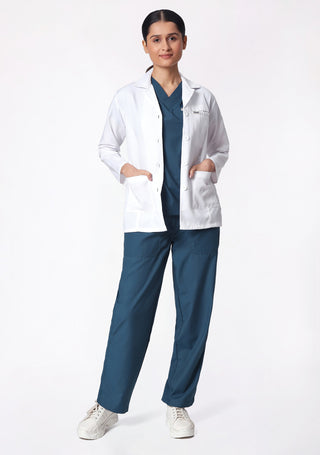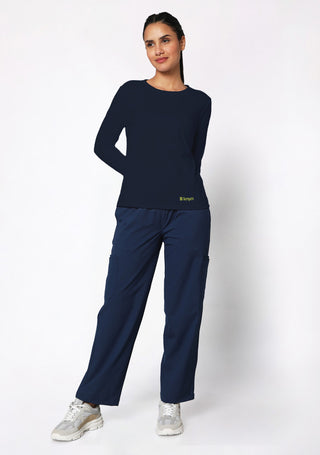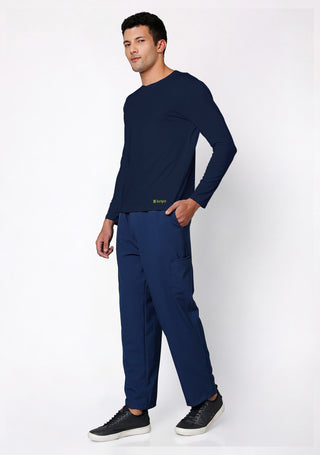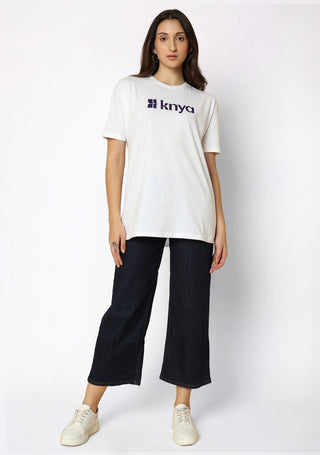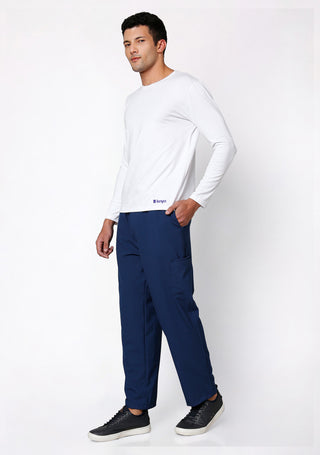When it comes to workplace attire, professionals in various fields rely on specialized garments to ensure safety, functionality, and efficiency. Two commonly used protective clothing items, lab coats and aprons, may seem interchangeable at first glance, but they serve distinct purposes. Whether you're a scientist, medical professional, chef, or artist, knowing the key differences between these garments can help you choose the right one for your needs.
What is a Lab Coat?
A lab coat is a long, protective overcoat typically worn in scientific, medical, and research environments. Made from durable fabrics such as cotton, polyester blends, or flame-resistant materials, lab coats serve as a crucial barrier against hazardous substances, spills, and contaminants. Their full-coverage design extends to the arms, providing comprehensive protection for professionals handling chemicals, biological agents, or medical procedures.
Key Features of a Lab Coat:
- Full Coverage: Protects the upper body, arms, and clothing from contaminants.
- Durable Material: Often made from flame-resistant or chemical-resistant fabrics.
- Professional Appearance: Conveys authority and expertise in medical and research settings.
- Functional Design: Features multiple pockets for carrying tools, pens, and notepads.
- Secure Fastening: Equipped with buttons or snaps to ensure a secure fit.
Who Wears a Lab Coat?
- Scientists and researchers in laboratories
- Doctors, nurses, and medical staff in hospitals and clinics
- Lab technicians handling biological or chemical substances
We believe you deserve the best. Shop our amazing selection of lab coats right here
What is an Apron?
An apron is a protective garment worn over clothing to shield against stains, dirt, and spills. Unlike lab coats, aprons provide front-body protection while leaving the arms exposed for better mobility. Aprons are widely used in culinary arts, industrial workshops, and creative fields, where protection is needed primarily for the torso.
Key Features of an Apron:
- Partial Coverage: Covers the chest and lower body but leaves the arms free.
- Lightweight and Flexible: Made from breathable materials such as cotton, polyester, or leather.
- Versatile Design: Available in different styles, including bib, waist, and cross-back aprons.
- Adjustable Fit: Features straps or ties for a customizable and comfortable fit.
- Easy Maintenance: Often designed with stain-resistant or waterproof coatings for easy cleaning.
Who Wears an Apron?
- Chefs, bakers, and kitchen staff
- Artists and crafters working with paints, dyes, and other materials
- Industrial workers in factories and manufacturing plants
Lab Coat vs. Apron: Key Differences
While both lab coats and aprons serve as protective wear, their differences lie in their design, purpose, and level of protection. Here’s a detailed comparison to help you understand which garment best suits your profession:
1. Level of Protection
- Lab Coats: Provide extensive protection, including the arms, making them ideal for handling hazardous materials.
- Aprons: Offer partial protection, focusing on the front of the body, which is sufficient for environments with minimal risk.
2. Material Composition
- Lab Coats: Made from thick, flame-resistant, or chemical-resistant materials for enhanced safety.
- Aprons: Typically crafted from lightweight fabrics, sometimes waterproof or stain-resistant, for easy movement.
3. Functional Features
- Lab Coats: Equipped with pockets for carrying essentials and buttons for secure fastening.
- Aprons: Designed for ease, featuring adjustable straps and a simple, open-front design.
4. Aesthetic and Professionalism
- Lab Coats: Create a professional, authoritative appearance, reinforcing expertise in medical and scientific settings.
- Aprons: More casual and practical, ideal for hands-on tasks that prioritize mobility.
5. Usage Scenarios
- Lab Coats: Best suited for laboratories, hospitals, and clinical environments where exposure to hazardous substances is a concern.
- Aprons: Ideal for kitchens, workshops, and artistic spaces where protection from stains and minor spills is needed.
Click here to Explore All Women's Scrubs and discover our complete collection of comfortable and stylish medical apparel.
How to Choose Between a Lab Coat and an Apron?
When selecting between a lab coat and an apron, consider the specific requirements of your profession and work environment.
1. Assess Your Workplace Needs
- If you work with hazardous materials, a lab coat is the safer option.
- If you need lightweight protection for tasks like cooking or crafting, an apron may be more suitable.
2. Consider Comfort and Fit
- Lab coats are designed for extended wear and offer structured protection.
- Aprons are adjustable and lightweight, providing flexibility for active tasks.
3. Think About Durability
- Lab coats are built to withstand exposure to harsh chemicals and repeated washing.
- Aprons may be less durable depending on the material but are easily replaceable.
Why Invest in High-Quality Protective Garments?
Regardless of whether you choose a lab coat or an apron, investing in high-quality protective wear ensures:
- Enhanced Safety: Reduces exposure to potential hazards.
- Professional Image: Boosts confidence and credibility in professional settings.
- Long-Term Durability: Withstands daily wear and tear for extended use.
Final Thoughts
While both lab coats and aprons serve protective functions, their differences make them suited to distinct professions. Lab coats offer full-body coverage and safety for scientists, doctors, and researchers, while aprons provide versatile, lightweight protection for chefs, artists, and industrial workers. By understanding these key distinctions, you can make an informed decision and choose the right garment that ensures both safety and functionality in your workplace.

